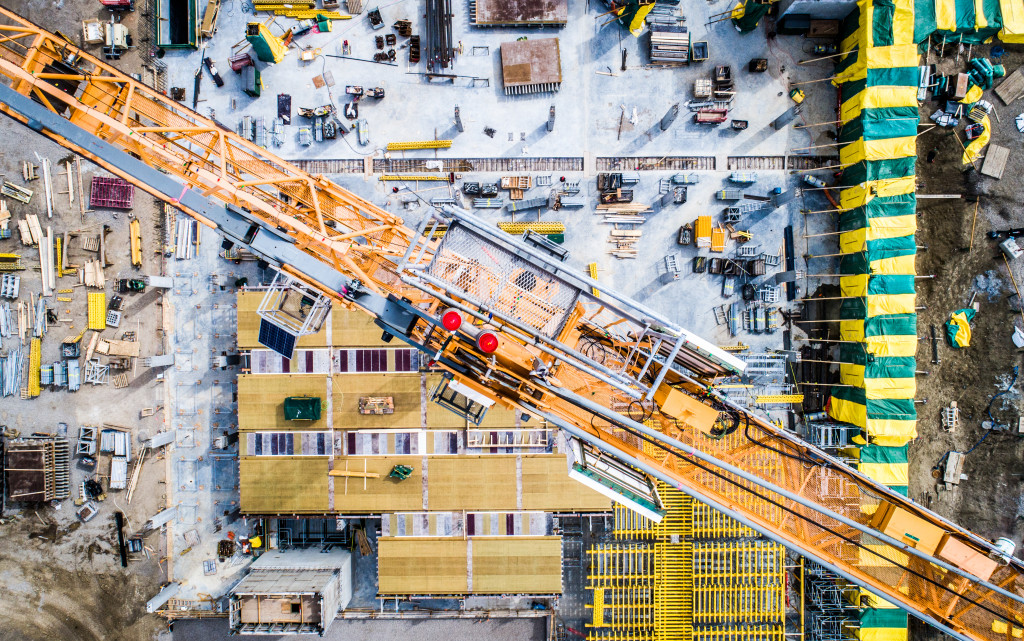- Leverage virtual reality to design and test out 3D models of the building before construction.
- Digitize construction management to ensure better communication and timely completion.
- Utilize drones for site inspections to find hazards that can become problems in the future.
- Implement smart building technologies using automated lighting, climate control, smart security cameras, and appliances.
- Make use of 3D printing to produce accurate models and create customized products for the building.
Starting a new business venture requires careful planning, including where to set up your operations. Erecting a property for your business is a significant undertaking, and it comes with numerous risks that can derail your project. The good news is that technology provides a wide range of tools and solutions that you can use to address and mitigate these issues. This blog post will explore how you can leverage technology to avoid construction problems and ensure successful project completion.
1. Use Virtual Reality to Design and Test Your Building
Virtual Reality (VR) is a powerful tool for architects and developers who must design and test a building project before construction begins. VR enables you to create 3D models of your property, which you can view from various angles and walk around to get a feel for the space. This immersive technology helps you identify design flaws, equipment malfunctions, or accessibility problems that could affect your property’s usability. VR also allows you to make changes to your design early in the project, reducing the risk of costly construction rework in the future.
When using VR to design and test your building, it’s essential to incorporate as many details as possible. Include everything from the dimensions of each room to the placement of furniture and appliances. You’ll also want to consider safety considerations such as emergency exit routes, fire suppression systems, and smoke detectors. By ensuring your virtual design is as close to the real thing as possible, you can reduce the risk of potential problems arising during construction.

2. Digitize Your Construction Management
Digitizing your construction management process can help you improve efficiency, reduce the risk of errors, and monitor your project’s progress. With construction management software or mobile apps, you can track day-to-day activities, such as material deliveries and personnel management. Real-time monitoring of project status through software also increases communication between the project team and reduces delays. Tracking your project with software helps you stay within budget and ensure regulatory compliance.
3. Use Drones for Site Inspections
Using drones for site inspections can help identify potential hazards and mitigate safety risks. With a drone equipped with a camera, you can take aerial photos or videos of your property during construction or after completion. This footage allows you to evaluate the quality of your building and identify any issues that may arise. You can also use this technology to monitor the progress of your project and make decisions based on factual data.
For example, drones can be used to measure the dimensions of structures, take stock of materials, or track workers’ movements. This data helps you coordinate construction efforts more effectively and reduces the risk of project delays. If there are any potential hazards or risks on-site, you can use drone footage to take corrective action and ensure a safe working environment.

4. Implement Smart Building Technologies
Smart building technologies can help you manage your property’s energy usage, improve safety, and reduce operating costs. This is possible with the help of reliable commercial builders with expertise in this field. They can help you create an integrated system that connects all building systems to a central dashboard. Here are some ideas to consider with your contractor:
a. Automated lighting
Automate your building’s lights to turn off when not in use. This can help reduce energy costs and keep your building well-lit.
b. Smart security cameras
Install motion sensors and smart security cameras to monitor the area and detect unauthorized access. Some cameras can even detect potential hazards, such as fire or smoke.
c. Automated climate control
You want to equip your building with automated climate control systems to regulate the temperature and ensure occupant comfort. This can also help you save on energy costs.
d. Smart appliances
You can also install smart appliances that can be remotely monitored and controlled. From refrigerators to washing machines, these devices can help you optimize energy use and monitor their performance.
5. Make Use of 3D Printing
3D printing is another technology that has revolutionized the construction industry. It enables you to produce accurate and reliable 3D models of your components and even full-scale construction prototypes. The technology reduces delays while waiting for suppliers to deliver parts and allows you to modify your design quickly and easily. By 3D printing your components, you can reduce the risk of errors and create customized products that better suit your needs.
Leveraging technology can help you avoid issues when erecting your business property. From VR to smart building technologies, there are numerous solutions that you can use to mitigate construction risks, improve safety, and reduce costs. By incorporating these technological advances into your construction process, you can ensure that your property is more efficient, better suited to your needs, and completed on time and within budget. Harnessing the power of tech could be the difference between a successful business property and one fraught with issues.
